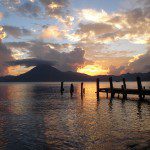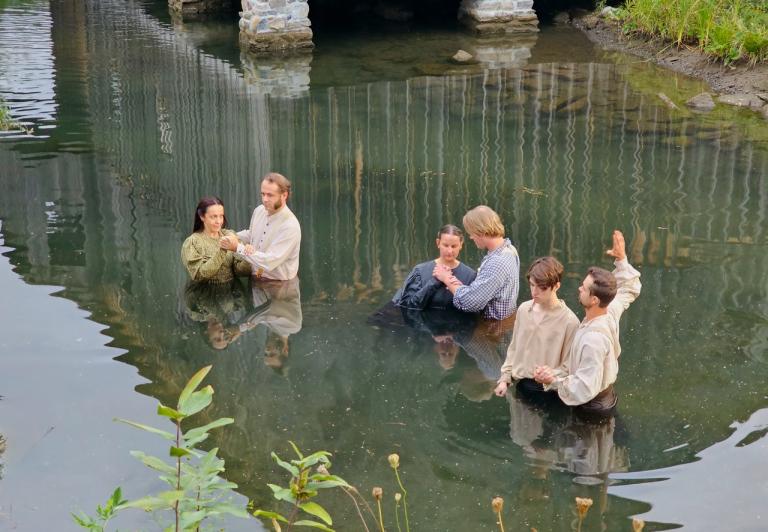
Two new articles went up today on the website of the Interpreter Foundation:
“Witness of the Covenant,” written by Loren Blake Spendlove
Abstract: Although much has been taught about covenants in The Church of Jesus Christ of Latter-day Saints, little attention has been given to the witnesses of those covenants. In this paper I focus on the importance of witnessing the covenants that we make with God — especially the gospel covenant — rather than on the process of making them. Instead of emphasizing the teachings of Latter-day Saint leaders and authors, I prioritize the standard works of the Church in my analysis of this topic. I begin with a discussion of covenants and witnesses in the Hebrew Bible, and then proceed with an examination of the same from the Book of Mormon. I identify the ordinances of baptism and the sacrament as witnesses of the gospel covenant and clarify that it is through the blood of Christ that we are cleansed from sin rather than through the waters of baptism. I conclude by observing the importance of faithfully witnessing the gospel covenant to serve God and keep his commandments.
“Interpreting Interpreter: A Baptismal Witness,” written by Kyler Rasmussen
This post is a summary of the article “Witness of the Covenant” by Loren Blake Spendlove in Volume 58 of Interpreter: A Journal of Latter-day Saint Faith and Scholarship. All of the articles may be seen at https://interpreterfoundation.org/category/summaries/. An introduction to the Interpreting Interpreter series is available at https://interpreterfoundation.org/interpreting-interpreter-on-abstracting-thought/.
The Takeaway: Spendlove outlines examples of “witnesses”—signs or tokens that accompany scriptural covenants—and argues that the ordinances of baptism and the sacrament are intended to be witnesses to covenants rather than the covenants themselves. He believes that covenantal witnesses should receive greater emphasis in gospel teaching, to the point that we could encourage individuals to enter a covenant to live the gospel even before being baptized.
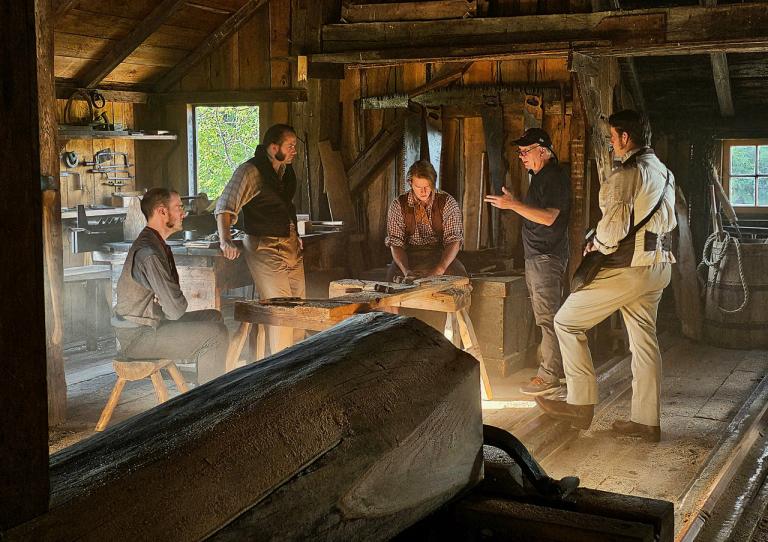
Today is Day 5 of filming for the Interpreter Foundation’s new Six Days in August movie project — I’m grateful to Russell Richins and James Jordan for sharing still photographs of the work thus far — and the critical reviews are already rolling in!
Over at the Peterson Obsession Board, my longtime Malevolent Stalker points out that the clothing used in Six Days in August (which is primarily set in rural frontier America during the period 1828-1844) is embarrassingly similar to the costuming in our previous film, Witnesses (which is primarily set in rural frontier America during the period 1828-1844). But I have a defense against this complaint: Most people on the American frontier during the Jacksonian era of the early Republic were simply unable to afford the leopard-skin tights, sequined propeller beanies, leather lace-up Brunello Cucinelli hiking boots, Sergeant Pepper’s jackets with epaulets and tassels, and retro designer sunglasses that the Stalker favors for daily wear. We’re just trying to be accurate to the place and the period.
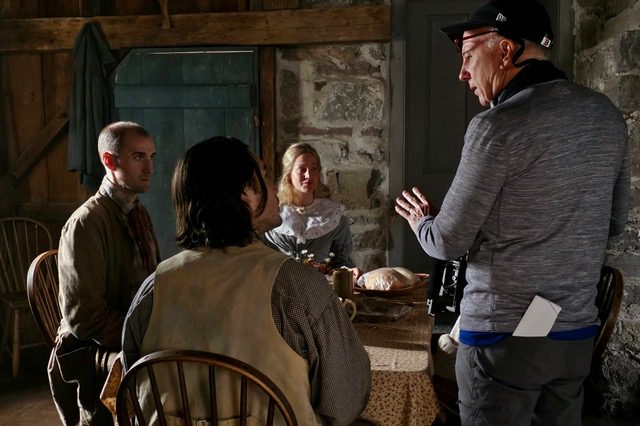
Coming home this afternoon, I was pleased to find among our mail a package containing two copies of a new book: Avram R. Shannon and Kerry Hull, eds., A Hundredth Part: Exploring the History and Teachings of the Book of Mormon (Provo: Religious Studies Center, Brigham Young University, and Salt Lake City: Deseret Book, 2023). An accompanying note explained that
This volume represents some of the more compelling articles on the Book of Mormon that have been previously published in numerous Religious Studies Center publications. Each has advanced the field of Book of Mormon studies in unique and innovative ways and have provided insights into the doctrine, history, and message of the Book of Mormon.
Here’s the background of the two editors:
Avram Shannon is an assistant professor in the Department of Ancient Scripture at Brigham Young University. He was born in Quantico, Virginia, and spent most of his young life in Virginia. He earned a BA in ancient Near Eastern studies from Brigham Young University (2007), a master of studies in Jewish studies from the University of Oxford (2008), and a PhD in Near Eastern languages and cultures with a graduate interdisciplinary specialization in religions of the ancient Mediterranean from The Ohio State University (2015).
Kerry Hull is a professor in the Department of Ancient Scripture at Brigham Young University. He earned a BA in Spanish and BA in French in 1992 from Utah State University. He received an MS in applied linguistics from Georgetown University in 1993. He completed a PhD in linguistic anthropology at the University of Texas at Austin in 2003. His academic interests include Maya linguistics and anthropology, Polynesian linguistics, historical linguistics, sociolinguistics, and Maya epigraphic studies. He has conducted linguistic, ethnographic, and archaeological fieldwork in Mexico, Belize, Guatemala, and Honduras. He specializes in the language and culture of the Ch’orti’ Maya of southern Guatemala.
The book — I doubt that any Bengali edition actually exists! — contains nineteen chapters, including an introduction by President Dallin H. Oaks and articles by such writers as (among others) Jared Ludlow, Andrew Skinner, Noel Reynolds, Jennifer Lane, Joseph Spencer, Jan Martin, Ugo Perego, Dana Pike, John Gee, Matthew Roper, and RoseAnn Benson.
I’m pleased to say that my own article on “Priesthood in Mosiah” is also included in A Hundredth Part, though not in the expanded form that I prefer, which appeared as Daniel C. Peterson, “Authority in the Book of Mosiah,” in Review of Books on the Book of Mormon 18/1 (2006): 149-185.
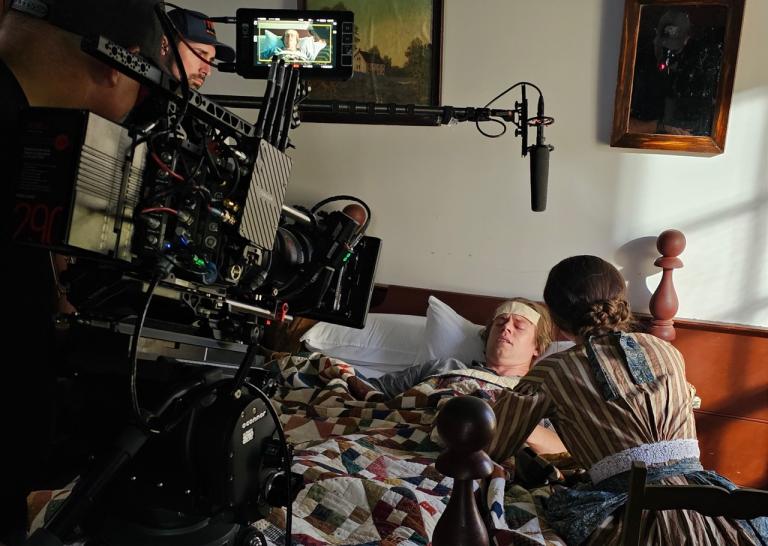
Finally, I have no plans to move to Moab in the immediate future. But I was pleased to discover that Moab possesses one of the assets that are absolutely necessary to civilized life: at least one good Thai restaurant. With our friends, we enjoyed a really tasty meal at Thai Bella. I recommend it for whenever you’re there in Moab, or at Arches National Park, or at Canyonlands, or at Dead Horse Point. It’s a wonderful way to finish off a day of wonders.







